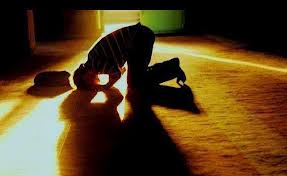
New Delhi, August 23: In a country where religious intolerance and communal hatred dominate the news nowadays, here is something that goes to show that all is not rotten and ugly.
Muslim residents of Joshimath in Uttarakhand offered Eid namaaz (prayers) on Monday in a gurdwara (Sikh temple), after being invited in by its head priest, according to the local media. There is no mosque or idgah in Joshimath, a town perched above the Alakhnanda deep in the Garhwal Himalayas. Usually its 800-odd Muslim residents offer namaaz at the town's Gandhi Maidan, a public ground.
On Monday, however, Gandhi maidan had turned into slush. It had been raining heavily for several days and Eid, the festival day too dawned in a downpour. The Muslim community was struggling with the problem when the head of the local gurdwara sent a heart warming message to them- The Muslims could use the main hall of the gurdwara for offering namaaz.
So, at 9:30am, the congregation of Muslims in bright new clothes trooped down to the gurdwara and offered the ritual prayers in the big hall. After the ceremony, they embraced the Sikh community members waiting outside the hall. Some Hindus from the town were present too and offered greetings to the other two communities.
Sardar Buta Singh, Prabandhak of the gurdwara, later told media persons that he had extended the invitation to the Muslims to help them in their crisis.
Maulvi Asif was quoted by media as saying that by solving their problem, the gurdwara committee had presented an example of humanity and respect towards all religions. He said that the Muslim community was thankful to the committee.
Joshimath is located about 250 kilometers from Rishikesh on National Highway 58. It is close to two important pilgrimage centers - Badrinath of the Hindus and Hemkunt Sahib of the Sikhs.





Comments
Add new comment